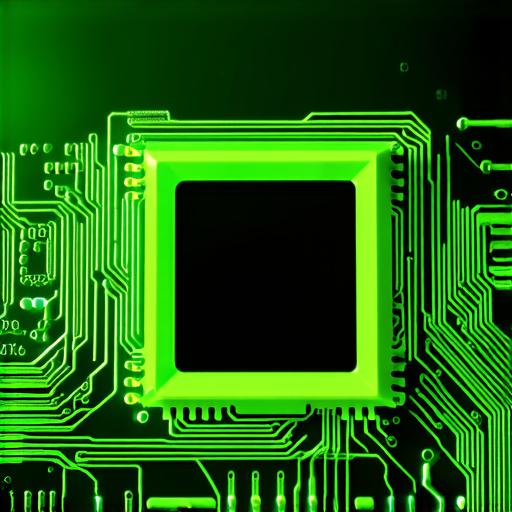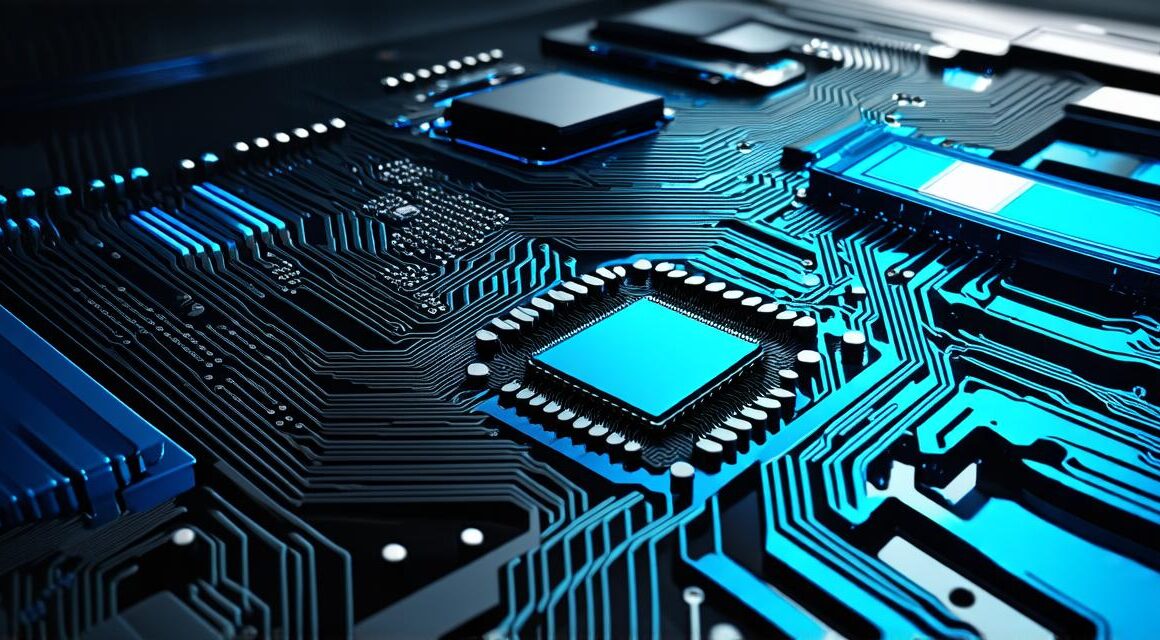WebGL has revolutionized the way we interact with graphics on the web. It’s no longer just a simple canvas for drawing lines and shapes; it’s now capable of rendering 3D graphics, animations, and even real-time video.
Unity 3D is one of the most popular game engines in use today, with millions of developers worldwide using it to create everything from simple 2D games to complex 3D applications. With its support for WebGL, Unity 3D has opened up a whole new world of possibilities for web developers and designers alike.
In this article, we’ll take a closer look at some of the amazing things that can be done with Unity 3D WebGL, from interactive product demos to immersive gaming experiences. We’ll also explore how to optimize your Unity 3D projects for web, and share some expert tips on getting started with this powerful tool.
Interactive Product Demos
One of the biggest advantages of using Unity 3D WebGL is the ability to create interactive product demos that allow customers to explore a product in detail before making a purchase. For example, a car manufacturer might create a virtual showroom that allows potential buyers to customize and test drive various models.
Another great use case for interactive product demos is in the real estate industry. With Unity 3D WebGL, developers can create virtual tours of properties that allow potential buyers to walk through a property as if they were really there. This not only saves time and money for both the buyer and seller, but also provides a more immersive experience for the buyer.
Immersive Gaming Experiences
Unity 3D WebGL is also a powerful tool for creating immersive gaming experiences. With its support for advanced graphics and physics engines, Unity 3D can create games that are both visually stunning and physically realistic. This makes it perfect for creating virtual reality (VR) and augmented reality (AR) experiences.

For example, a gaming company might use Unity 3D WebGL to create a VR game that transports players into a fully immersive fantasy world. Or an AR company might use Unity 3D to create an interactive game that overlays digital objects onto the real world, allowing players to engage with their environment in new and exciting ways.
Optimizing for Web
When it comes to optimizing your Unity 3D projects for web, there are a few key things to keep in mind. First and foremost, you’ll need to ensure that your project is designed specifically for the web, rather than being a port of an existing desktop or mobile game. This means taking into account the limitations of web browsers, such as lower processing power and slower internet connections.
To optimize your Unity 3D projects for web, you’ll need to use techniques like level of detail (LOD) optimization, which reduces the number of polygons and textures in a scene to improve performance on lower-end hardware. You can also use compression techniques to reduce the size of your project files, making them easier to download and run in a browser.
Expert Tips for Getting Started with Unity 3D WebGL
If you’re new to Unity 3D WebGL, there are a few expert tips that can help you get started. First and foremost, make sure you have a good understanding of the basics of Unity 3D development. This includes things like scripting, animation, and physics.



